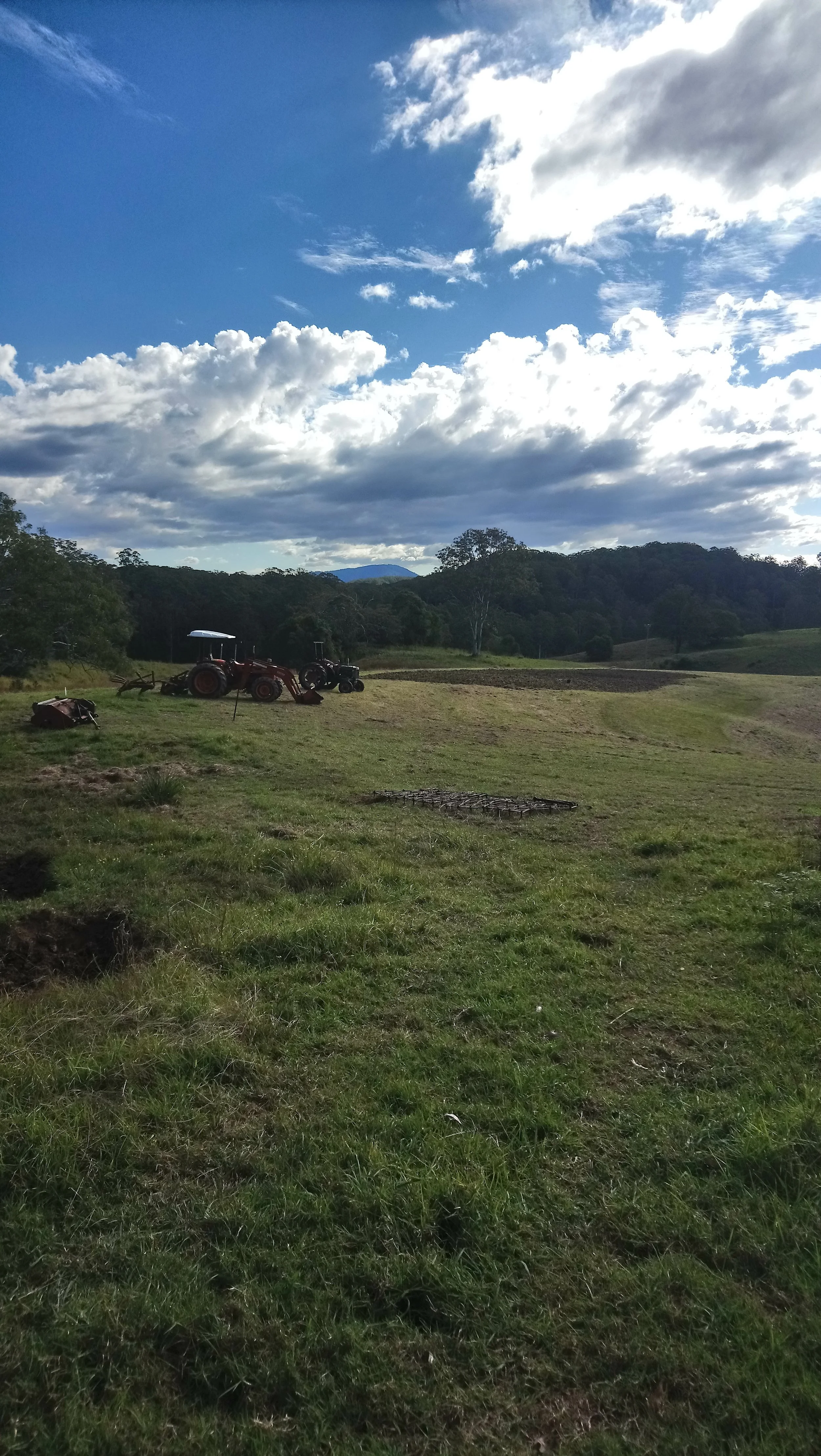
Connectivity

Connectivity, Fragmentation and what is happening on Earth
The father of Australian Demeter Biodynamics, Alex Podolinksy, highlighted the “dangerous dualistic split” between man and nature, and that “technology is the inspirer and moral responsibility disappears”. As we experience the resulting isolation, it is fitting to question how we perceive the landscape and our own place within Nature.
Here in NSW, 66% of land is privately held, with the majority of dwellings and small to medium holdings concentrated along the narrow seaboard watershed. This places many ecosystem types outside of public lands: most of the valley floors (flatter land along rivers with good soil) have been developed for agriculture, so natural ecosystems in these areas are now uncommon.
Significantly, this also leaves such areas open to motivated individuals who are prepared to look beyond short-term ideologies and the ‘science’ of the day, with a view to making true positive change on eternal principles.
Fragmentation
If you examine images of the Earth you will see that the satellites show selected parts and patterns of human activity on the landscape: large areas cleared for agriculture, industry, road networks and habitation, with patches of relatively intact forest and woodland scattered throughout.
Fragmentation means there are areas of habitat useful for native plants and animals to live relatively undisturbed, but they are separated by large areas of much less or even no useful habitat.
The habitat ‘patches’ together with the non-habitat or poor habitat are referred to by ecologists as the ‘matrix’. A matrix can be ‘porous’ - that is, it can be crossed to get from patch to patch, or ‘hostile’ where many of the lifeforms (plants, animals, genes, seeds, spores, nutrients, energy and other elements) that might like to move around within it cannot.
The hostility of the matrix is relative. A wallaby could easily cross a cleared paddock, but will struggle with fences, dog presence or a highway, while a bird would not. A snail or a small lizard would likely not make it across a paddock, supposing it tried. A seed carried by a bird or the wind may travel many kilometres, whereas a fungal spore carried on a small marsupial mouse would be essentially confined to the one patch.
So land fragmentation is where Nature’s intricately woven tapestry has become patchy and more or less ‘hostile’. If it becomes too pronounced, very little can bridge the gap. And so that area becomes relatively barren of living diversity - one example being the broadacre clearing of the Central West.
Connectivity is the opposite of fragmentation
Fortunately Nature’s beautiful pattern can recover itself, because it contains deep within, all the necessary information to do so. The recovery in at least some places can be encouraged through projects like ours that prioritise connectivity. There are two types of connectivity – ‘structural’ and ‘functional’.
Structural connectivity is where there is an obvious physical connection between one ecosystem and another. Functional connectivity is when there is still some movement of life (genes, spores, seeds, organisms, etc) even though there is no physical connection between patches of habitat.
In both cases the other main question is how the land is used in the ‘non-habitat’ areas. Having an eye for the landscape and replanting in strategic spots can support connectivity, which then helps improve the habitat value of nearby patches.
Importantly, the Stopping for Butterflies approach means the areas under agriculture also work to improve both connectivity and habitat. For example, leaving paddock trees as ‘stepping stones’, introducing/maintaining native grasses (rather than exotic ones), restoring creek lines (see above), creating micro-climates… That is, alternating and interweaving natural and production areas across the landscape.
This is not a trivial mission: apart from physical work, it requires vision, thought and sensitivity to meet the challenges on a given site.
If more individual holders join in, projects of this kind can become a collective force - the surest protection from disturbance and degradation into the future. The goal is to ensure that viable habitat is created and preserved beyond one’s own lifetime.
We are not separate from Nature: the way we treat Earth reflects how we live within our own selves. The choice exists.
Vision,content creation & editing Stopping for Butterflies
Technical assistance & technical concepts, Christopher M Scott MEnvMgt ,
Web page & t-shirt design, Miller Marshall.
artwork & photos are original
site Lock
